Rubber sealants: tips for choosing
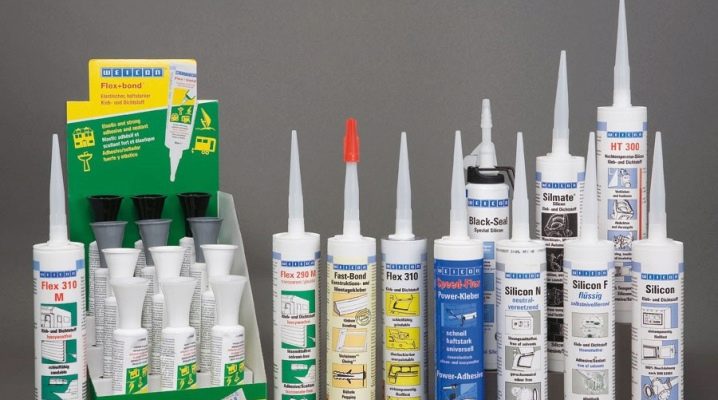
Construction work is always accompanied by the need to cover cracks, eliminate cracks, chips and other defects. A significant role in such actions is played by special sealants, among which compounds based on rubber stand out. But they must be used with caution and used strictly in accordance with the manufacturer's instructions, with formal technology.
Peculiarities
The main component of any rubber sealant is synthetic rubber. Like mixtures based on modified bitumen, such substances are very resistant to moisture. Thanks to such valuable properties, they can be used for sealing roofs and facades, as well as for interior work, even in the wettest rooms.
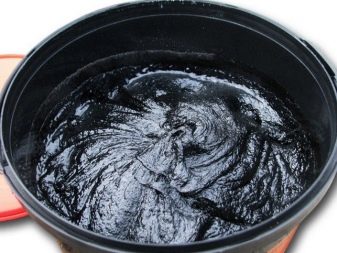
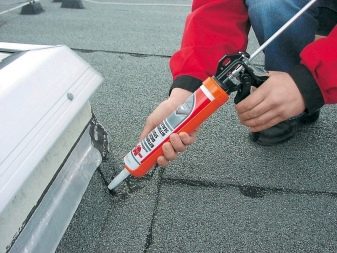
Sealants that protect the surface from water adhere well to the surface of a variety of materials, including rubber. They can be used to repair an inflatable boat, wading boots and much more. Roofing material and other roofing products are glued on top of the sealing layer.
The rubber-based sealant can be applied to the surface without thorough cleaning, as the high adhesion level provides a secure bond. You should work strictly at positive air temperatures.
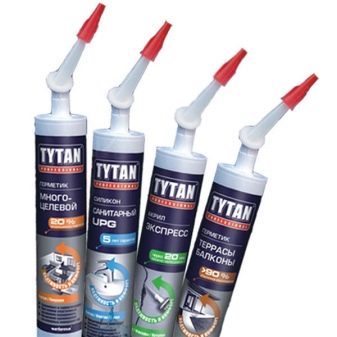
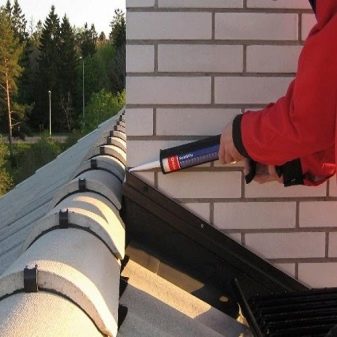
The main advantages of rubber sealants:
- good level of elasticity;
- the working temperature range is at least -50 degrees and a maximum of +150 degrees;
- the ability to paint the sealant after application in any suitable tone;
- immunity to ultraviolet radiation;
- the possibility of using up to two decades.
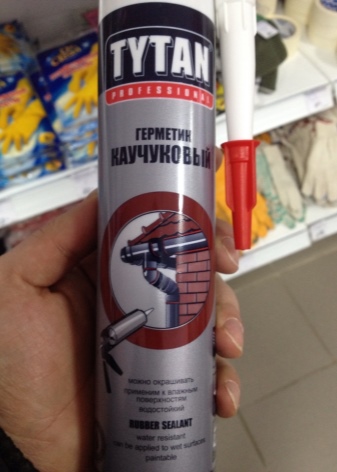

But also the rubber sealant has disadvantages. It cannot be used for certain types of plastics. It has the ability to soften on contact with mineral oil.
Scope of use
First of all, rubber sealants are designed to close deformation joints and joints:
- on the facade of the house;
- in the kitchen;
- In bathroom;
- on the roof covering.
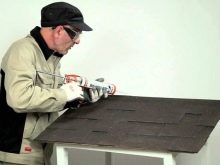
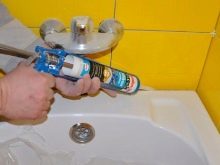
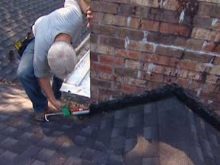
The material has excellent adhesion to wet and oily substrates, can be used in conjunction with bitumen and does not contain silicone. The properties of the rubber sealant make it possible to use it on masonry and to increase the density of the binding of railings with walls, plasters. It will be possible to glue a copper window sill on an oak slope, seal the connection of stone, wood, copper and glass.
Sealants can be used to improve the level of insulation at the joints of panels of decorative materials, when installing plumbing and ventilation devices, in the process of installing double-glazed windows. They allow you to remove obvious defects, as well as prevent the impact of subsequent shifts and shrinkage of buildings.
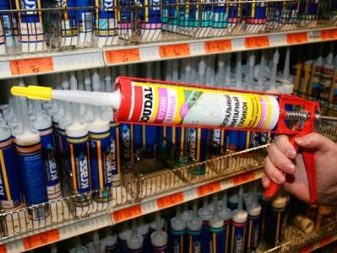
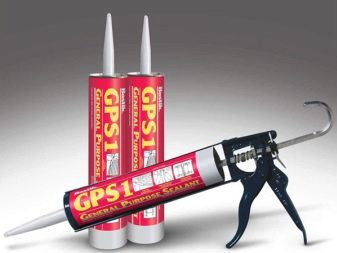
Reviews
MasterTeks rubber sealant is a quality material that can be purchased at an affordable price. This mixture, sold on the Russian market under the name "Liquid Rubber", adheres perfectly to any surface. The extremely high level of adhesion to damp and oily substrates does not prevent the composition from remaining permanently elastic. The material can serve as an adequate substitute for polyurethane, silicone, polymer and other widely used products. The formed layer is mechanically strong and elastic at the same time. Reviews for such coverage are extremely positive.
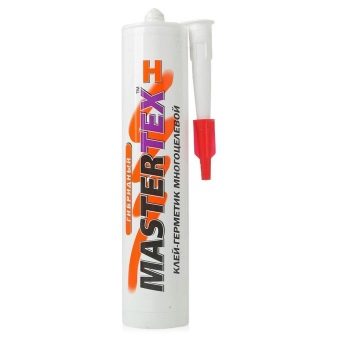
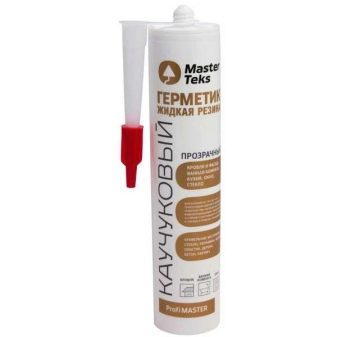
Manufacturers and versions
The bulk of Russian companies engaged in the production of rubber and other sealants concentrated their production in the Nizhny Novgorod region. Accordingly, almost all products from other regions of the Russian Federation are not an independent product, but just the result of re-sticking labels.
Greek material brand Body It is considered by experts to be almost the best solution for metal surfaces and joints of metal parts. Unfortunately, the resulting coating is quickly destroyed by ultraviolet rays. To apply the mixture, you need a hand or air gun.
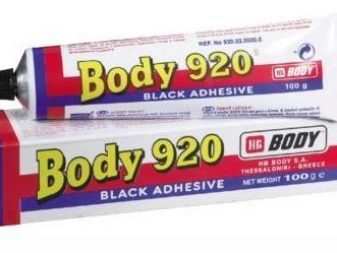
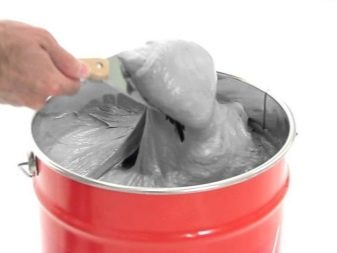
Titan sealant can be considered a versatile finishing and building material. It is used for metal, wood, and concrete.
You need to choose this option if you need:
- close a small gap;
- seal the roof;
- mount plumbing fixtures;
- glue glass and ceramics together.
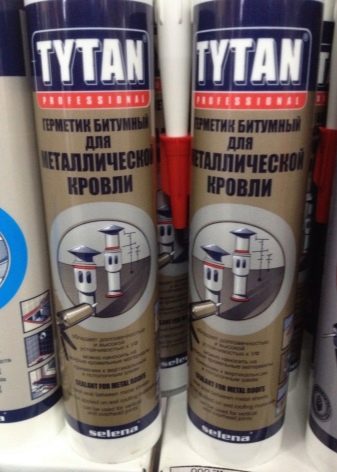
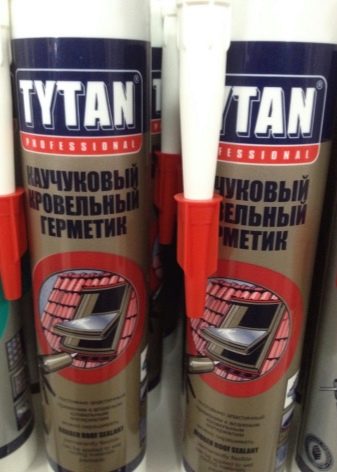
No other material is capable of providing such elasticity, protection from contact with water, from the effects of vibration vibrations as a sealant "Titanium"... Drying time depends on humidity and air temperature. On average, complete drying takes 24 to 48 hours.
For information on how to choose a sealant, see the next video.













The comment was sent successfully.